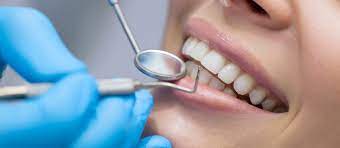Public Health Dentistry is a branch of dentistry that focuses on the promotion of oral health and the prevention of dental diseases on a community or population level. It encompasses a wide range of activities aimed at improving the oral health of entire populations, rather than focusing solely on individual patient care. The goal of public health dentistry is to reduce the incidence of oral diseases and promote overall health through community-based interventions.
Key aspects of Public Health Dentistry include:
Preventive Programs:
Public health dentists often design and implement preventive programs to educate communities about the importance of oral hygiene, proper nutrition, and lifestyle choices that impact oral health.
Community Education:
Public health dentistry involves conducting educational campaigns to raise awareness about the importance of oral health and how to prevent common dental issues. This may include outreach programs in schools, workplaces, and community centers.
Disease Surveillance:
Monitoring and analyzing oral health data on a population level to identify trends, risk factors, and areas of concern. This information helps in developing targeted interventions.
Community Water Fluoridation:
Public health dentists may advocate for and participate in community water fluoridation programs. Fluoridation of public water supplies is a proven method to prevent tooth decay in a population.
Policy Development:
Contributing to the development of oral health policies and guidelines at the community, regional, or national level to improve the overall oral health of the population.
Access to Dental Care:
Addressing issues related to access to dental care, especially for underserved populations. This may involve advocating for policies that increase access to affordable dental services.
Research:
Researching to understand the factors influencing oral health within specific populations and developing evidence-based strategies for disease prevention.
Collaboration with Other Health Professionals:
Collaborating with professionals from other healthcare disciplines, public health agencies, community organizations, and policymakers to address broader health determinants and promote overall well-being.
Emergency Preparedness:
Public health dentistry plays a role in emergency preparedness, ensuring that dental services can be effectively delivered during emergencies or disasters.
Promoting Equity:
Working to reduce oral health disparities and promote equity in access to dental care and oral health outcomes across different socioeconomic groups.
Public health dentists may be employed by government health agencies, academic institutions, and non-profit organizations, or work in collaboration with dental professionals in private practice. By focusing on prevention and community-based approaches, public health dentistry contributes to the overall improvement of oral health on a population scale.





Comments